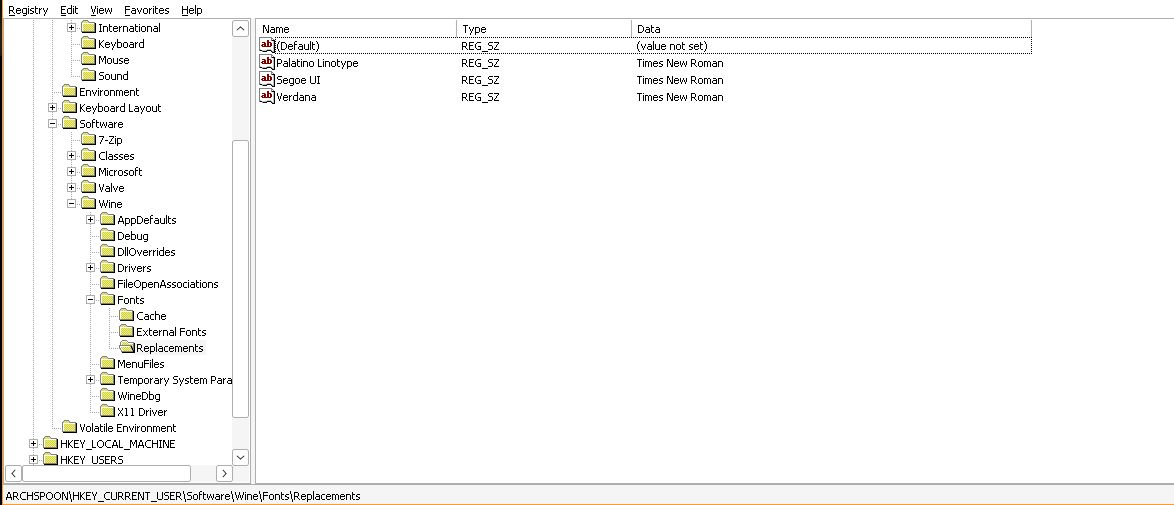

Ah, I should have been more clear. The CRITERIA section of the sway documentation states that class matches support regex, so instead of using a * as you did in your example you’d use a regex any .*. So I think (untested of course) that for_window [class="steam_app_.*"] allow_tearing yes should work.
The comment in the code for allow_tearing notes that it must be enabled on the output as well. Here is the relevant output documentation. There are several other notes/recommendations there as well you should probably pay attention to.







the qobuz webapp is hi-res too, I just use it in Firefox and my dac reports the same bit/sample rate that qobuz does. AFAIK there’s no compression there though I haven’t extensively verified that, only that the end result is 24bit/192kHz if that’s what qobuz says is playing.
EDIT: Also, qobuz is nice because there’s very few things you can click on in the web interface which cause the music to stop playing. I really appreciate that feature… looking at you bandcamp…